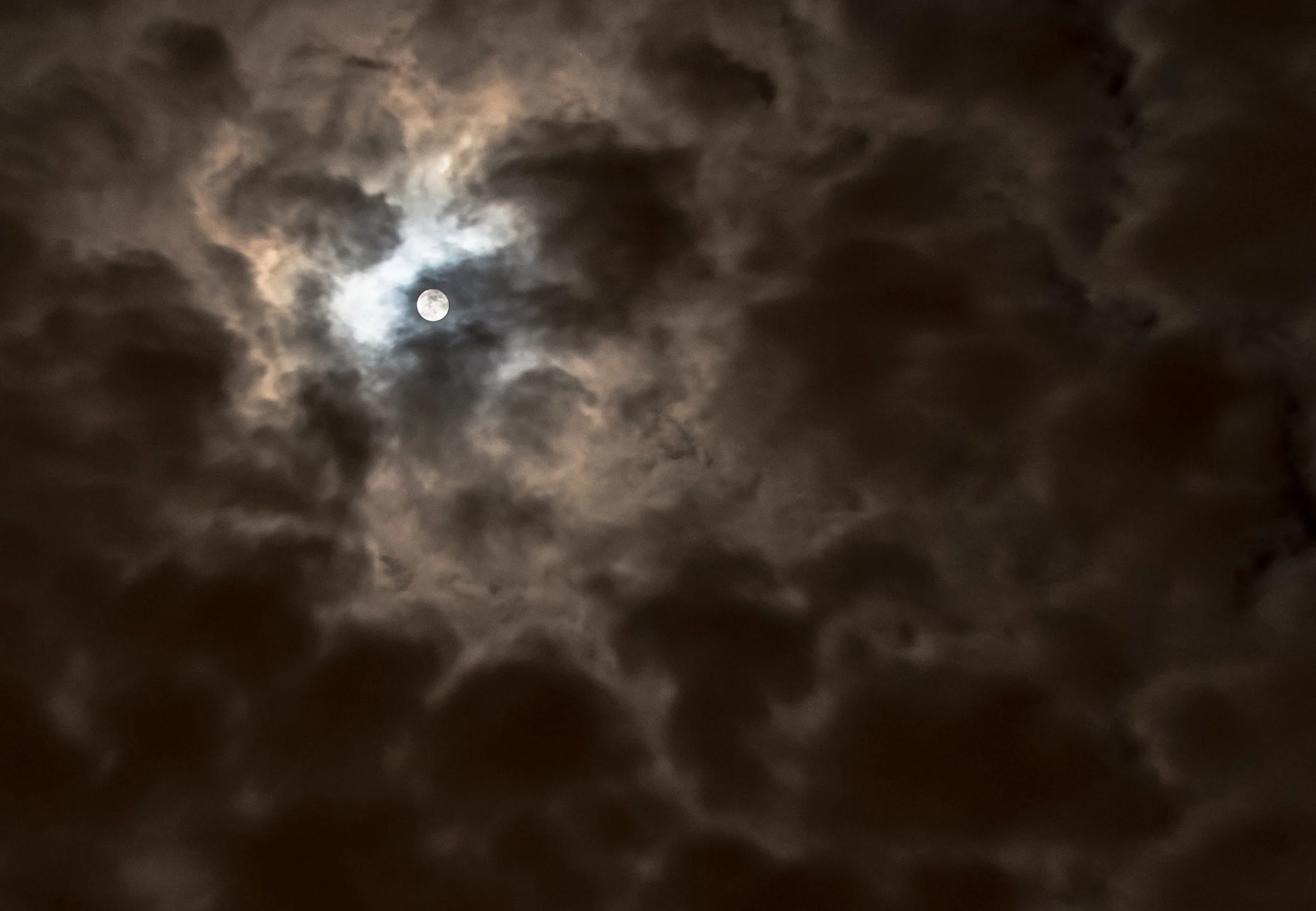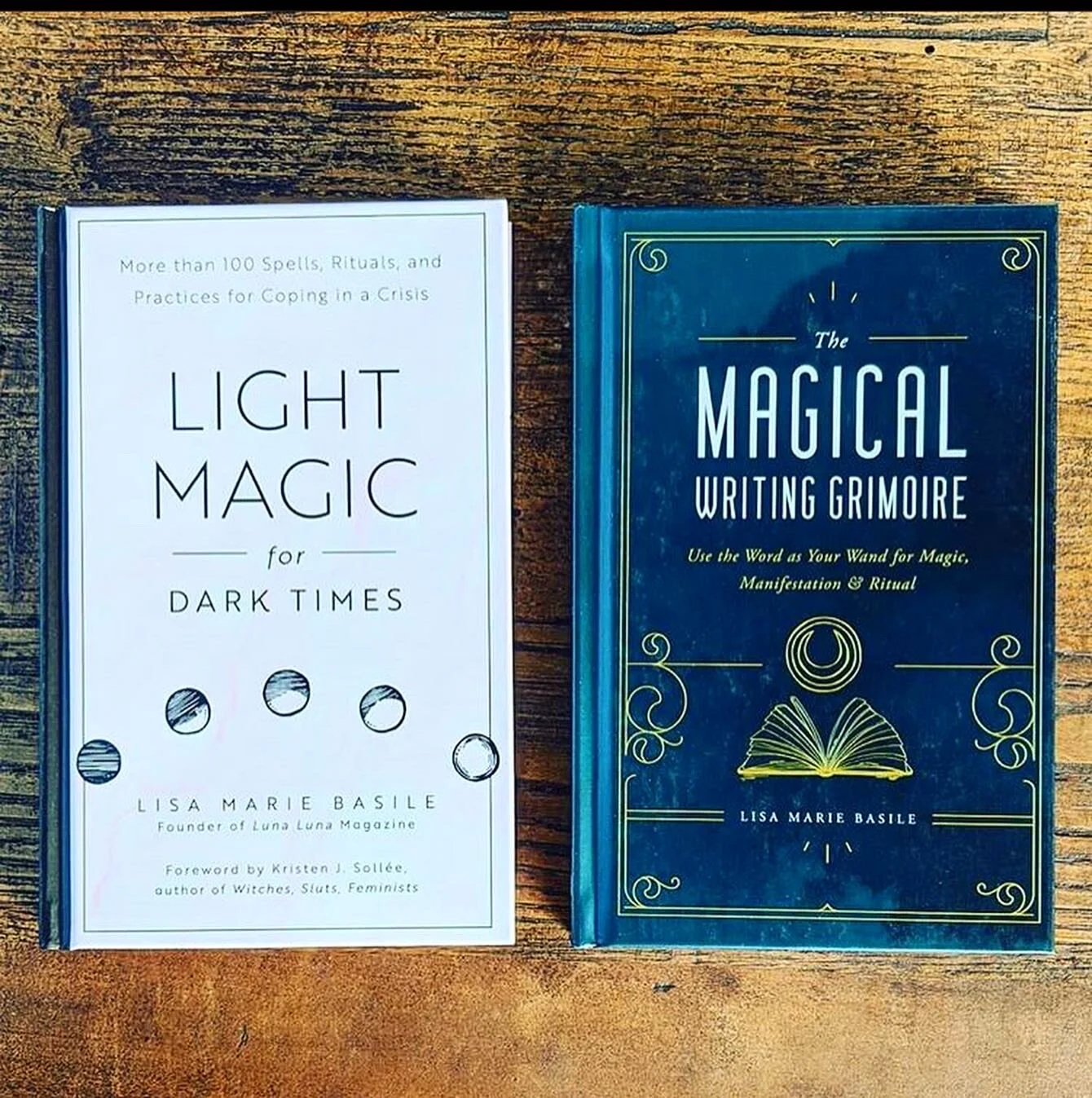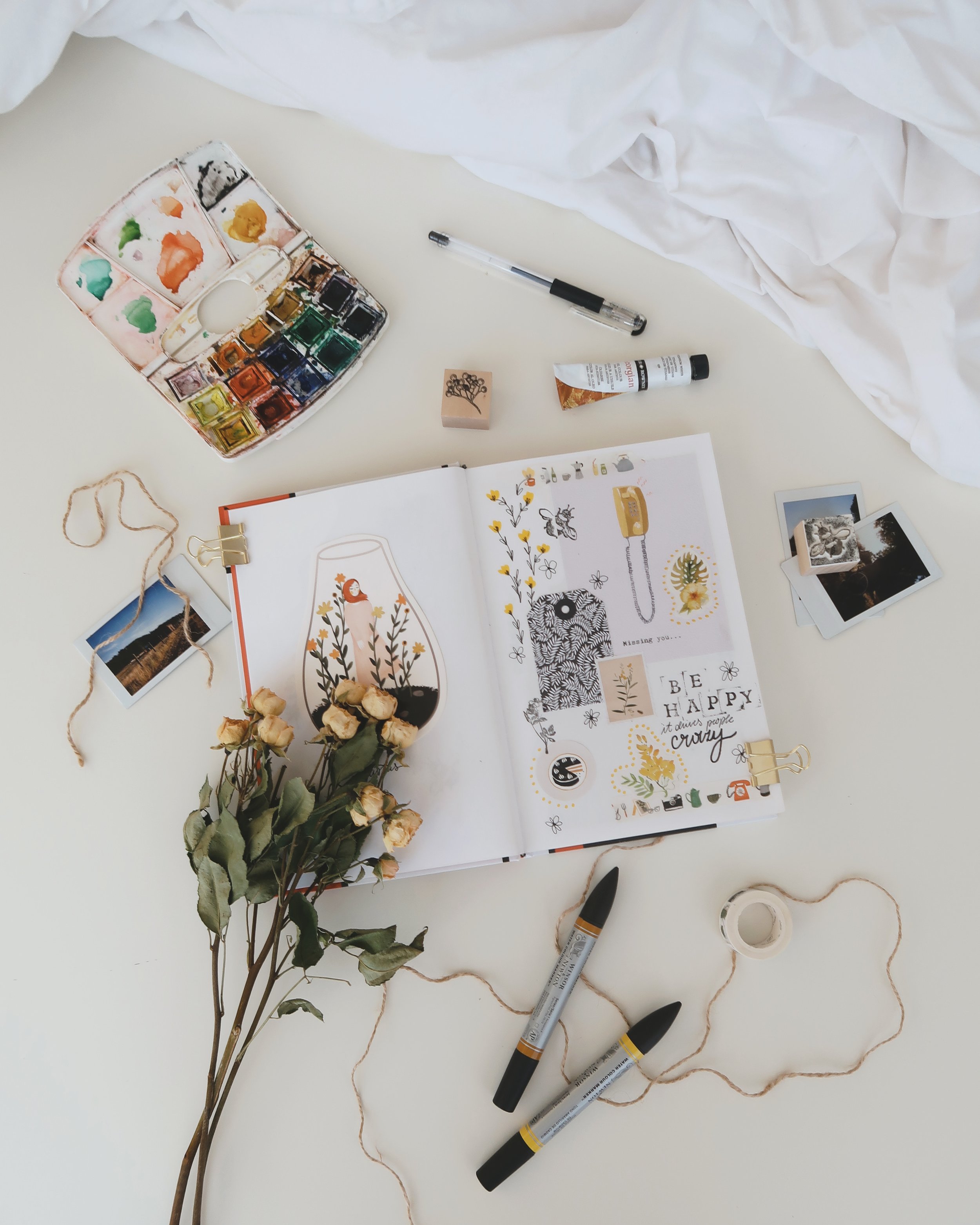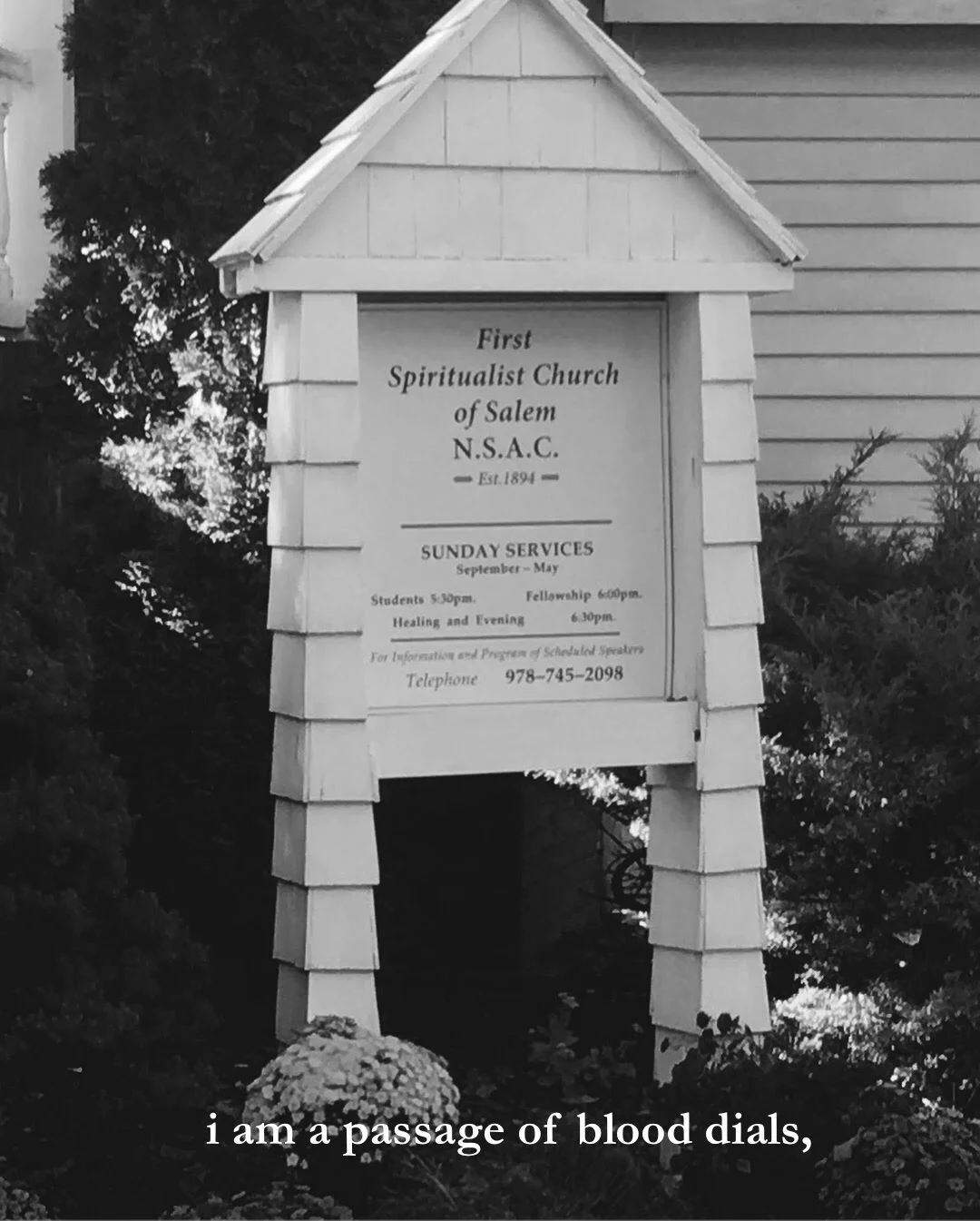BY SONYA VATOMSKY, CURATED BY SOPHIE ELIZABETH MOSS
Editor's Note: This is an article republished from our old site.
Find out what you want
Be that girl for a month
– Taylor Swift, Blank Space
I’m 30 soon and I don’t deal in regrets, but I come closest when I look back on the last decade and count the moments where I instinctually deferred to the expectations of others without checking my own pulse. I use the word “instinctually” when it’s not, not really. From childhood on, women are shooed away from any personal pulse-taking — instead of figuring out who we are as individuals, we’re encouraged to locate an external archetype and align ourselves with it. To find a planet with an “appealing” orbit and sync up. To self-help ourselves into an inoffensive cookie-cutter shape that satiates the people around us at the expense of our own hunger, because the supposed communal appetite holds more value than ours.
To play the girl.
You know. The girl. Amy Dunne’s “Cool Girl,” the doe-eyed blue-haired gamine, the ever-faithful Penelope waiting for her Odysseus, the nurturing and selfless mother-figure and the businesswoman navigating the workplace with a situationally-appropriate level of bitchiness. The reason we have archetypes is not that humans inevitably fall into one of five or ten personality types — it’s that we grow up trying to identify that which is closest to us (or closest to what we want to be perceived as) and start to dance slowly in that direction.
The Taylor Swift quote above? Taylor Swift, our lady of the black eyeliner and various heartbreaks, does not deal in esoterica. What Taylor Swift is selling is literally a packaged, performed femininity and in her latest song she is broadcasting “be[ing] that girl” like it is an everyday thing, a thing most young women will understand and empathize with. A thing to heighten their appeal by covering up their actual personality, which is undesirable because somehow we have gotten to a place where your needs and thoughts and mannerisms — the “ugly” stuff and not the guilty pleasures that actually align with those of mainstream of society, the “personality quirks” you’re allowed to have by virtue of them not really being quirks — are both unwanted and about to be stomped out.
I have some memories of being a five-year-old in Russia, ribbons in my hair, learning things from my mother and grandmother about how to be a girl: don’t climb trees, do sit like so, etc. In that window of time, childhood, you are taking all of this advice earnestly and at face value. You are hearing “you are a girl and there is a way to be a girl and here is what you need to know to be this thing successfully, girl.” Maybe for some, the desire to climb a tree overpowers the desire to be the thing they are successfully. For me, it didn’t. I tend towards anxiety and introspection and brooding so “life tips” and self-help guides have always been appealing — why, YES, I would LOVE to know how to be a proper girl, thank you.
Because of this dedication, my 20s were a rich stew packed thick with unsatisfying relationships, jobs where I felt undervalued but stayed far longer than was reasonable and a dearth of creative output that is (in retrospect) both shameful and relieving, as anything produced during this time would have reflected my depressing charade back at me. How much of this can be avoided if we tell young women not to be better girls, but to be better individuals? Yet at the same time what, precisely, is the point of having a distinction between identity and performance — if a person is a collection of their thoughts and their experiences and their actions, and has been performing an identity successfully for ten years, or fifteen, or twenty… at what point is that performed identity just Who They Are, capital letters?
I don’t know. And discussing these topics isn’t intended as a new way to further invalidate female expression. I am not trying to pull apart the carefully-constructed identities of women who have spent their lifetimes absorbing traits like a Darwinian Katamari in order to better mitigate the sexism, racism and other biases that may be part of their daily experience. But history is teaching us that, as humans, we are capable of telling the difference between performing an identity and having one. We know if we’ve been “faking it” — maybe not a knowledge so acute that we discern what and why we’re faking, but enough to feel a sense of unhappiness that gets so conflated with living that we forget it’s not a necessary part of it.
So I want to dig deeper.
I want to say: what is it, actually, that you like? What are you into? How do you — YOU, truly — respond to being in crowds? To hosting parties? To acting passive and impressed as men do an activity in front of you? To learning your sexual identity from people who will never see you naked? To reading books where you are a side-kick or a muse? To the expectation that “wife” and “mother” and “sister” and “girlfriend” are all just specialized kinds of side-kicks and muses? If you had a choice, how much time would you spend thinking about your weight? What would your appearance mean to you, if your acceptance into society, such as it is, wasn’t contingent on its constant maintenance? What would be your resting face? What would you do with your hands and your hair and your mouth as you sat in public, maybe on a bus, knowing you were being watched by the people around you? Would you think about the arch of your back as you had sex? The quiver of your lips as you asked your employer for a raise? If we could harness the energy spent on thoughts like this and repurpose it, we would solve the energy crisis.
In this series on female identity as performance, I am exploring the expected sacrifice of the individual feminine on the altar of the greater good, whether that sacrifice is done for survival, for approval, for somewhere in between or elsewhere altogether. Let’s pull back not only the obvious masks we wear with bosses and new lovers, parents and strangers — let’s think fucking hard and identify the bits of personality we have accumulated along the way because they made us feel like Cool Girls, Likeable Girls, Not-One-Of-Those Girls. If we’ve gained through these sacrifices, what is now the cost of nurturing the inner needs we neglected in the process? If we’ve lost attributes and bits of self we can no longer identify, what do we do to reconnect with the feel of our own pulse?
I am interested in how these roles expected of us have formed our creative, romantic and professional paths. Our icons, our beloved TV characters, our celebrity idols and the people in our daily lives are complicit in this. I’ll call out pop culture and real-life examples that speak to the archetypes expected of us, and am beyond-into any anecdotes and experiences any Luna Luna readers want to share about being encouraged or forced to perform an idealized femininity (whether traditional/quirky/etc) over their actual personality. Share these stories.
Let’s burn the curtain. Let’s break the stage.
Sonya Vatomsky is a Russian American non-binary artist with too many feelings on the inside and too much cat hair on the outside. They are the author of Salt Is For Curing (Sator Press, 2015), a debut poetry collection about bones, dill, and survival, as well as the chapbook My Heart In Aspic from Porkbelly Press. Poems, essays, and interviews have appeared in Dirge Magazine, Lodown Magazine, The Hairpin, Seattle Review Of Books, VIDA, The Poetry Foundation, and other publications. Sonya lives in Seattle with their cat, Magpie Underfoot, and a growing collection of taxidermy, wet specimens, and other oddities.
Sophie Elizabeth Moss is a misanthrope, dark witch and literary madame. She is currently studying at the Cardiff school of Journalism, a faculty of Cardiff University. When not searching for the perfect leather jacket, she can be found writing poetry and working on her first full-length work of dystopian fiction. Disillusioned with societal expectations of the ‘modern woman’, she is a sex positive, pro-choice advocate and is haunted by the ghost of Simone de Beauvoir. @Sophiedelays































